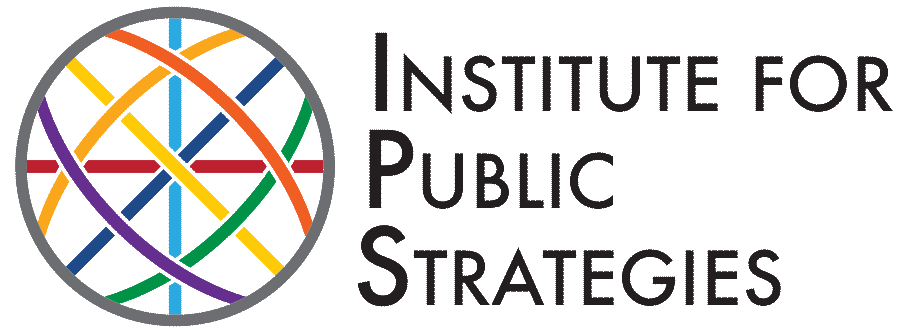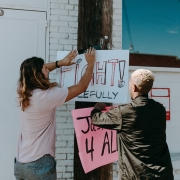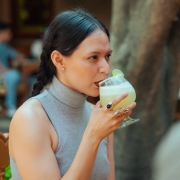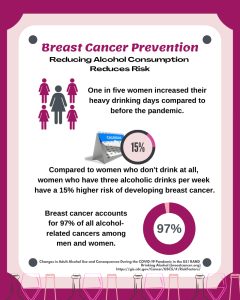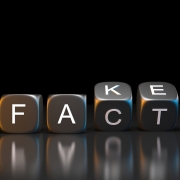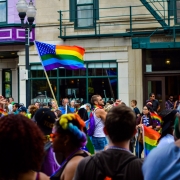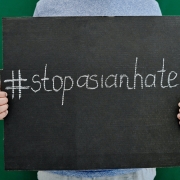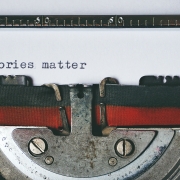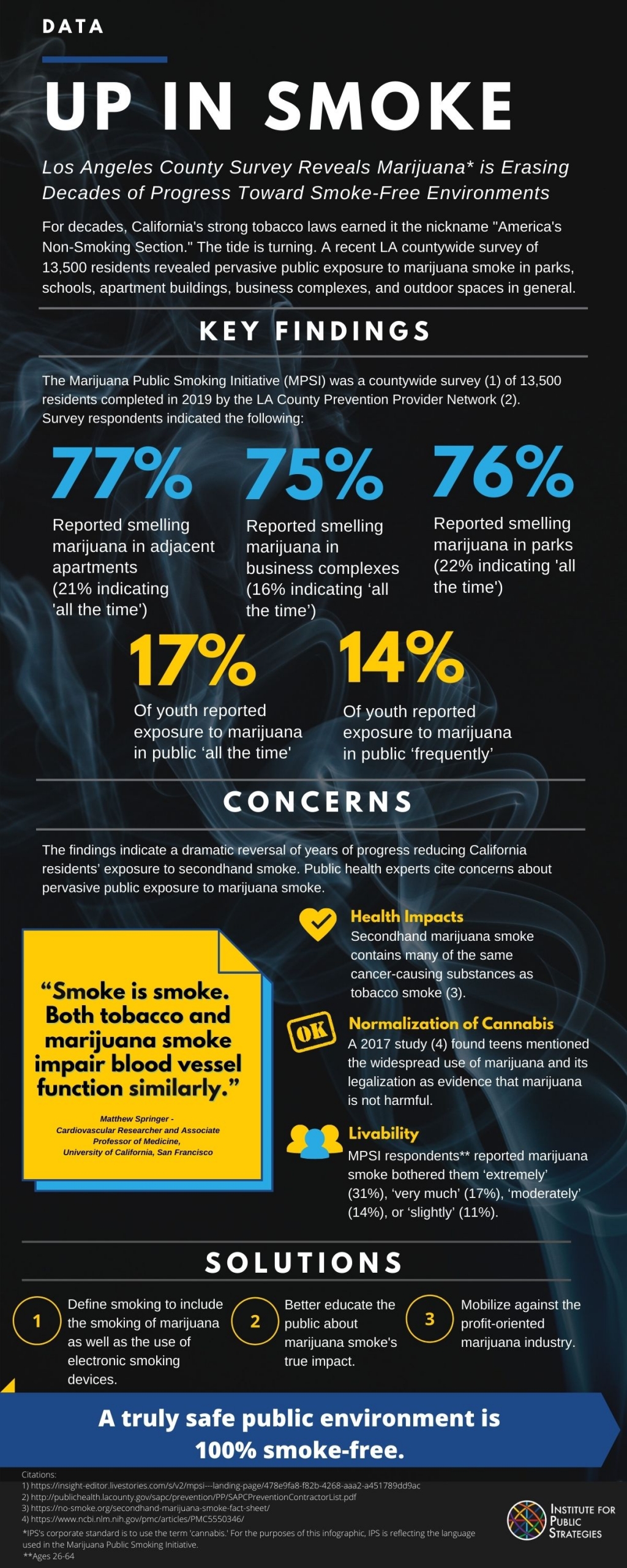Our Right to Protest is Under Assault
“Speak up, speak out, get in the way. Get in good trouble, necessary trouble, and help redeem the soul of America.” — Congressman John Lewis
Peaceful protestors have been redeeming the soul of America since its founding. They are among our nation’s heroes. Labor rights, women’s suffrage, civil rights, gay rights, voting rights, reproductive rights, environmental protections – all of these were spurred on through protest. Whether you enjoy a 40-hour work week, visiting the beach without oil rigs blocking out the sun, or your right to use public transportation without restriction based on the color of your skin, protestors deserve much of the thanks.
Women would have undoubtedly won the right to vote, but it was the suffragists who got it done. And the United States would have eventually withdrawn troops from Vietnam, but how many thousands of unnecessary deaths were prevented by protestors who kept the pressure on? Protestors aren’t ahead of their time. They make now the right time by appealing to our national conscience, educating the public about injustice and keeping pressure on the status quo.
Just as America’s progressive movements have relied on public protest to grow and succeed, so have they faced powerful interests working to stop change. Today, legislators are passing laws making protests more difficult, illegal in some states, and potentially lethal in others.
Since January 2017, 230 anti-protest bills have been introduced in 45 states. Thirty-six have been enacted. And 51 are pending, according to a US Protest Law Tracker created by the International Center for Not-for-Profit Law. An analysis of the bills by ICNL uncovered four themes that thread through the anti-protest legislation being proposed and adopted in some cases. As reported on the ICNL website, they include extreme penalties for offenses commonly related to protests; vague and overbroad provisions that can capture peaceful protesters; expanding liability; and encouraging violence against protesters. One example from legislation adopted in Florida protects a person from civil liability if they injure or kill a protestor with their vehicle when the victim is participating in a riot. The law also redefines a riot as an assembly of three or more people.
Let that sink in for a moment. A predominantly peaceful protest of people exercising their constitutional right to free speech and assembly, being mowed down by an angry motorist who disagrees with them and the driver gets a pass.
By intimidating protestors, legislators are attempting to hinder progress. These laws are an assault on our right to protest and cry out for our attention and our outrage. When you see legislators advocating for restrictions like these, look behind the curtain. Dig deeper. What interests are they really trying to protect? Think about the progressive reforms we enjoy that would have been unjustly delayed, or perhaps prevented, by laws like these. Protesters are heroes in our American story. The people who John Lewis said “got in the way … to renew the soul of our nation.”
